Matt Guarente on how to prepare for an interview
Interviews can be stressful, but with the right approach, candidates can improve their chances of success. Matt Guarente shared effective strategies for preparing for job interviews, based on storytelling and human connection.
Matt Guarente delivered the latest Socially Mobile alumni lecture to our graduate community, focusing on how to approach job interviews using the tools and mindset of a professional communicator.
Matt is a senior communications advisor with more than 25 years' experience in corporate communications, media coaching and leadership support. His professional advisory clients at Guarente & Company have included executives preparing for media appearances, investor briefings and public inquiries.
"Whatever I do, whether it's preparing someone for a press interview or a government hearing, I start with one objective," said Matt. "How can we make the outcome more predictable?"
How you want to be remembered
Matt opened with a challenge to the Socially Mobile alumni community: people are going to make judgements about you, so what would you like them to say about you - after the interview?
Matt shared the three attributes he aims to be known for: connection, value and energy. He encouraged participants to define their own three words and use them as a guide when preparing for interviews.
Using the stereotype content model developed by Susan Fiske and Amy Cuddy, Matt explained how people are assessed on two qualities: warmth and competence.
"In any communication, you are being judged on whether you're likeable and whether you can do the job. That applies in media, on stage and in interviews."
He noted that candidates do not need to present the same version of themselves throughout. "Sometimes you lead with warmth. Sometimes you lead with competence. You decide what’s needed for the moment you’re in."
Your CV is not your story
"An interview is not a recital of your CV. The interviewer has read it. What they want is a coherent story that explains your choices, your values and demonstration of how you think."
Matt shared a five-step planning model to help structure that story:
Who is your audience
What do you want to happen
What are the key ideas you want to communicate
What evidence supports those ideas
What challenges or difficult questions might arise
This is not about scripting your answers. It is about building a framework so you can think clearly under pressure.
“You don't need 24 ideas. You need two or three strong ones. Build your story around those."
Matt identified three forms of evidence that strengthen your message: information, insight and story.
Information is factual and provides context
Insight is your interpretation or opinion, based on experience
Story connects your experience to the person listening on an emotional level
"Storytelling is not performance. It's memory-making. If you can get the other person to picture what you're saying, you've made a lasting impression."
He encouraged participants to prepare multiple versions of their story. A short version for quick introductions. A longer version when more context is needed.
Handling difficult questions
Matt addressed the anxiety many people feel about being asked difficult or unexpected questions.
"The best response is to pause and think. Your brain will give you a better answer if you give it a few seconds."
He recommended using the phrase "From my perspective" to reframe a question. "You can’t control what they ask, but you can control how you respond."
He also suggested that if a question feels unreasonably specific, it's acceptable to say so.
"That’s a very detailed question. I haven’t faced that exact situation, but here’s something related that shows how I would approach it."
A conversation, not an exam
Matt welcomed the growing trend of interviewers sharing questions in advance. This shift supports accessibility and improves outcomes for candidates who are neurodivergent or returning to work.
"Use what you're given. Prepare well. But don’t script it. An interview is a conversation. It’s about connection, not perfection."
Ultimately, the best practice principles of communication apply to every professional setting, including interviews. When you approach them with clarity and purpose, they become less about performance and more about demonstrating who you are and how you work.
